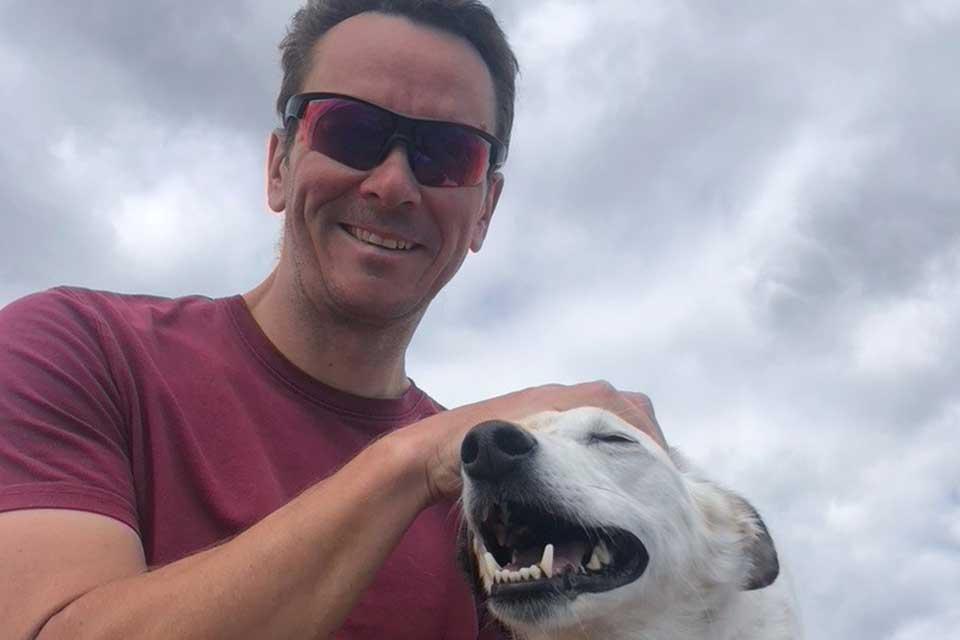Professor Matt Jarvis has been awarded an ERC Advanced Grant designed to support excellent scientists who are already established research leaders with a recognised track record of research achievements. Here he writes about the science behind the award.
I am delighted to have been awarded an ERC Advanced Grant – all the more so having missed out on several occasions in the past! The grant gives me the opportunity to build up the group to combine the wealth of data that will come from multi-wavelength astronomy survey facilities around the world, in order to push forward our understanding of galaxy evolution, dark matter and dark energy.
The MIGHTEE survey
The bulk of the work will be based on a survey called the MeerKAT International GHz Tiered Extragalactic Exploration (MIGHTEE), which I have led from its inception around a decade ago. It has now been taking data for 3 years with the MeerKAT radio telescope in South Africa. The unique power of MeerKAT means that we can trace a huge variety of physical processes in galaxies, this is because we are able to obtain radio continuum, spectral line and polarisation images, all with the same set of observations. This means that we can push forward our understanding of: the origin of jets emanating from around supermassive black holes in the centres of galaxies along with their star-formation activity using the radio continuum observations which detect the synchrotron emission from such phenomena; the role of atomic hydrogen in the formation and evolution of galaxies; the magnetic fields in and around galaxies and clusters of galaxies. Furthermore, the breadth and depth of the observations means that we can also link these processes to the large-scale structure of the Universe and the web of dark matter.
Combining data across the electro-magnetic spectrum
One of the novel aspects of the project will be to use data from surveys conducted in the visible waveband to enable us to extract more information from the radio data taken with MeerKAT. For example, if we know the 3-dimensional position of a galaxy in space, then we can use this information to reach down into the noise of the radio data to obtain a statistical measurement of the amount of atomic hydrogen there is in that galaxy – even though we do not formally detect it above the noise in the image. If we do this for tens of thousands of galaxies we can begin to gain much greater understanding of the gas in and around galaxies of much lower mass and at much greater distance. Something which is even beyond the reach of MeerKAT (and the future Square Kilometre Array) alone.
Developing researchers
The most enjoyable part of this grant will be the time and space to be able to help develop the PhD students and researchers that will be funded from it. They will have a unique opportunity to lead exciting science with the best data that will be available from visible, near-infrared and radio wavelength surveys in a group that I hope is stimulating, welcoming and enables people to flourish in a collaborative environment. They will also have the opportunity to contribute to and be part of the Hintze Centre for Astrophysical Surveys and exchange knowledge and ideas with their peers and senior academics within Oxford, while the nature of the research ensures they will also interact and collaborate with astronomers around the world.

